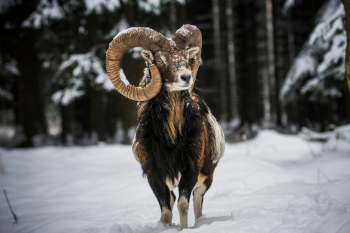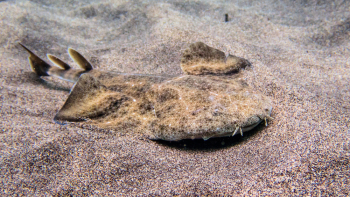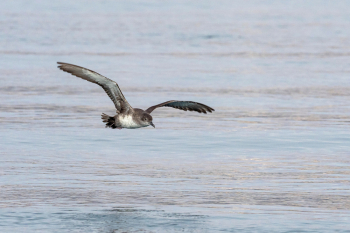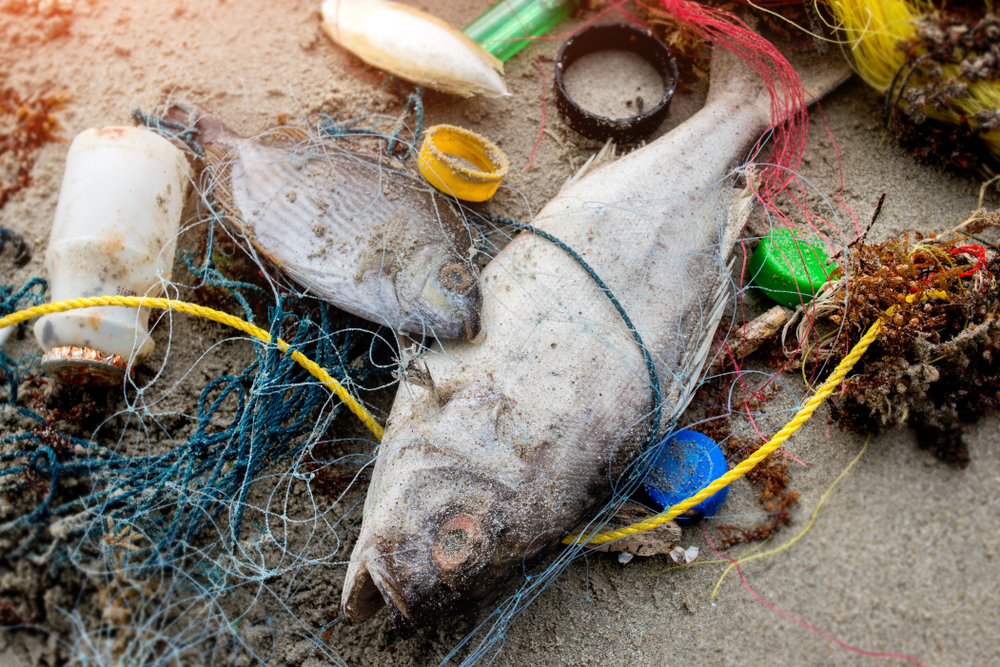Environment: Endangered Species
An endangered species is a species of animal or plant that is seriously at risk of extinction. The International Union for Conservation of Nature (IUCN), an organization funded by the European Commission, is regarded as a global authority on the world’s living species and maintains a list of the world’s endangered species. More than 8,000 scientists from 162 countries make up the IUCN’s Species Survival Commission, which designates as “threatened” any species falling within the critically endangered, endangered, and vulnerable categories. These species are assigned categories based on the level of extinction risk. Identifying a species as threatened and assigning it to one of the related categories is a complicated process, involving the analysis of multiple interconnected variables. These include population size, geographic range, and the number of breeding adults.
Risk Factors
Population Size
There are a variety of factors that put these plants and animals at risk. Most species placed on endangered lists have very small populations with a small number of breeding adults. In addition to being a problem in its own right, this can lead to a loss of genetic variation among species, since small populations of animals are forced to inbreed. The young are subsequently left vulnerable to disease and often fail to reach maturity.
Habitat
Habitat can also be a risk factor. From the clear-cutting of the Amazon rainforest for the purpose of grazing cattle to overhunting and overfishing, living species are under increasing strain in the modern world. When humans build homes, office buildings, and fun parks, preserving space for plants and animals is frequently not a priority. Loss of habitat creates a ripple effect, with animals often deprived of shelter and primary food sources that end up placing them in a vulnerable state.
Range
A plant or animal's range is a function of its habitat and is also used to assess a population's survival risks. For example, two of France’s endangered bird species, the moustached warbler and the reed bunting, reside in wetland reed beds of France’s Mediterranean region. This limited range complicates the species’ already small populations to create two strikes against them in terms of overall survival.
Environmental Factors
Finally, environmental factors such as pollution, a changing global climate, and increasingly extreme weather events are other factors placing a strain on the world’s plants and animals.
Before a plant or animal is considered endangered, these factors are taken into consideration. Although France includes four of Europe’s five biogeographical zones, current estimates find that about 25 percent of France’s species are considered endangered. France also includes overseas territories, and it is the only country to have coral reefs in three oceans, with the coral reefs an ecosystem that is highly endangered. Awareness of the problem leads to a search for solutions—and some measures are being enacted—although current trends suggest that the number of endangered species will only increase as time goes on.
France’s Threatened Species
Note: Numbers reflect current estimates and may vary by source.
Top Three Endangered Mammals of France

Mediterranean Monk Seal
Once an abundant species, the Mediterranean monk seal is now an endangered species primarily due to human influence. Hunting of the seals for their skin reduced the animals’ population significantly, and fisherman will kill them as the seals are seen as competition for fish. Other factors impacting their population are the seals’ entanglement in fishing nets, loss of habitat, disease, and the effects of toxic algal blooms. Though once a species that gave birth to their young on beaches, the seals now rest and birth in caves, a result attributed to persecution by humans.
European Mink
France’s European mink population lives along the border with Spain and favors areas near rivers where it can feed on fish, frogs, and insects. The endangered mammal has been impacted by loss of habitat as well as from being preyed upon by owls, red foxes, and the larger American mink species. Additionally, changes in the migration patterns of fish and insects the minks feed on have impacted their population numbers.
Northern Right Whale (aka North Atlantic Right Whale)
Due to overfishing within the whaling industry—nearly a defunct industry in the 21st century—the Northern right whale is an endangered species. Relatively slow moving and a species that lives closer to land than most large whales, the Northern right whale is threatened by collisions with ships and entanglement in fishing gear. Other factors affecting the whales include unprotected feeding grounds and exposure to chemicals and pollutants.

Other Endangered Mammals of France
The main problem for France’s endangered mammals is loss of their natural habitat, which often creates a ripple effect that reduces their primary food source. Both are the case for the Iberian lynx, which may now be extinct. Overhunting in the past diminished healthy populations of both the lynx as well as the European rabbit, which saw a drastic reduction in its numbers due to disease, an issue that further affected the lynx as rabbits are its primary prey. The mouflon—a wild sheep species that is believed to be the ancestor to all modern sheep breeds— is endangered due to hunting both legal and illegal. Small and isolated populations of mammals are especially vulnerable to disease, as well as pollution and loss of habitat, issues for the Eurasian otter and Pyrenean desman, a small, semiaquatic mammal with an elongated nose that is related to moles and shrews. France’s desman are limited to a small number that lives in the Pyrenees Mountains near the border of Spain. Fragmentation, the breaking up of natural habitat that separates large animal populations into small ones, can result in inbreeding that produces young often more vulnerable to disease. The garden dormouse, which lives in forests, has lost much of its habitat and have diminishing populations—an issue for animals that feed on the mice. Three species of bat, Bechstein’s bat, Mehely’s horseshoe bat, and the barbastelle, have experienced loss of habitat and intentional destruction of roosting sites, perhaps out of the misconception that bats harbor more viruses detrimental to humans. The fin whale is also endangered in France due to past overhunting and now pollution, boat strikes, and from becoming bycatch—unintentionally caught species that die from entanglement in fish nets or that are killed outright.

Endangered Fish of France
France’s top three endangered fish, the angel shark, angular rough shark, and Atlantic cod, are all affected by increased fishing activity. Angel sharks’ traditional areas of habitation are impacted by the fishing, and the sharks get caught in bottom long lines and trammel nets. Another factor is habitat degradation resulting from human activity including increased water-related tourism activities.

Endangered Birds of France
The main factor affecting bird populations are an increased human population. The birds’ habitat is destroyed by logging the land needed for human habitation as well as for agricultural ventures including raising animals and crops. Pollution also impacts birds, including pollution from fertilizers and pesticides that adversely affect native plants and their diversity. France’s top three endangered birds are the Audouin’s gull, Balearic shearwater, and black-tailed godwit. Additionally, about a third of common French birds are in decline, including the European goldfinch, European turtle dove, and common house martin.
Endangered Mollusks of France
A large number of mollusks, a group which includes snails, slugs, mussels, and clams, are endangered. This is true in part due to the fact that non-marine mollusks, which live on land and in freshwater, comprise the second-most diverse group of species. Most extinct mollusks have come from the non-marine category. Factors affecting mollusks include loss of habitat due to urban and agricultural development, which can include the introduction of non-native plant and animal species. Loss of a food source and the impact of predator species—often introduced in efforts to maintain the population of another species—lead to a decline in numbers. Other adverse influences on mollusks include dam building and other construction, wetland drainage, dredging, pollution, and toxic sediment.
Article written for World Trade Press by Felicia Topp.
Copyright © 1993—2024 World Trade Press. All rights reserved.

 France
France 